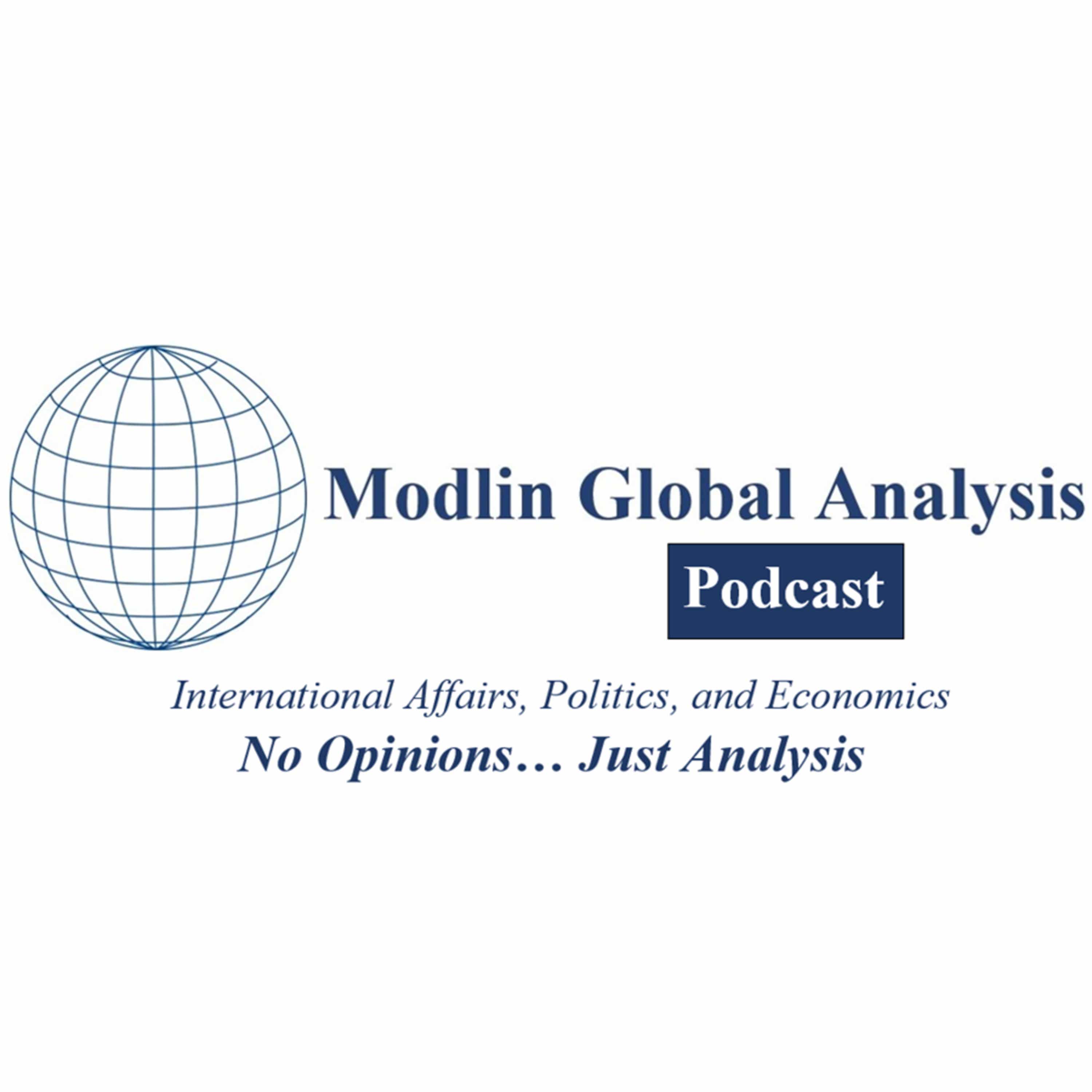China SOE Debt
Description
Although few people are talking about it, the market for bonds issued by Chinese firms is one of the most interesting and potentially consequential stories. This topic allows us to explore some background and to dig into some current dynamics. Thank you for subscribing, and if you enjoy reading this, please forward the newsletter to your friends. ~ Kevin
In much of contemporary China, there is a mix of state party decision-making and responses to market incentives in the country’s bond market. For decades this mix has led commentators to assume the inconsistencies of overlaying these systems are unsustainable. No doubt there are deep tensions between the two, both politically and economically. This has led some to conclude the politics is driven by the Communist party while the economy is driven by market forces. However, in practice, things do not always separate that easily. At either the firm or individual level the state is influenced by profit and firms are influenced by political direction. A few months ago, we explored the dynamics of the dual circulation economy that China is increasingly talking about, which emphasizes both domestic consumption and exports. Anytime we look at multiple systems, there are many pieces to consider. In this issue, we will focus on our understandings of firms, debt, and the Chinese Communist Party.
This context comes into play when looking at the number of Chinese firms that are state-owned enterprises (SOE). Most businesses in China receive direction from, and are managed by, Chinese Communist Party officials. Frequently, the country is also an owner of these firms. At the same time, many party officials profit from these layered relationships. This leads to interesting questions involving what is known as capture in economics. Capture is when an entity is designed to oversee another entity but becomes subject to the influence of the one they watch.
This relationship is relevant in regulatory decisions, and possibly even the relationship folks have with a pet. In this case, I would argue it is like a double capture. The firm limits the party's options, and in turn, the party limits the firm's options. No one doubts the supremacy of the party in China, but that does not mean that capture does not happen. When thinking about the complex layers, it is further fascinating to see China's robust economic growth in recent decades. Perhaps in practice, China’s leaders think contradictions are not as problematic (or even causal) as they claim. These dynamics have been less difficult in recent years in China, in part because robust economic growth has a way of clouding inherent tensions. However, China has not been immune to slower economic growth as a result of COVID – 19. This is particularly the case in its export sector. As a result, some state-owned enterprises are experiencing unexpected losses even though they are assessed to be low-risk operations. This risk assessment has less to do with the nature of the good or service and their customers, but more to do with China's ownership share. This presence of state ownership shifts the perception of risk of failure or default, but I would argue that perception does not supersede the balance sheet for long. This has led to a distinct problem for China, a problem with a long list of possible consequences. Currently, it seems that some firms are in trouble, but the scope of that trouble is unclear. Accounting practices and explicit state support hinder an accurate picture. But the dual capture dynamics make choices more difficult for Chinese political and economic leaders. For internal stability, they do not want to see a contagion of doubt about these firms spread among bondholders. China also does not want to disentangle the existing power relationship or shift to an alternative.
More Episodes
Published 06/12/23
Published 03/24/22
Published 03/01/21


